Uttarayan
Uttarayan
Uttarayan is a Hindu festival that marks the sun’s northward movement (Uttarayan) on Makar Sankranti, usually celebrated on 14th January every year. It is considered an auspicious transition of the Sun into Makara Rashi (Capricorn), symbolizing longer days and the end of winter.
Uttarayan is the festival of Makar Sankranti, celebrated with joy, kite flying, and the onset of longer days.
Uttarayan
Uttarayan is a popular Hindu festival celebrated on Makar Sankranti, marking the sun’s northward journey. It is most joyfully observed in Gujarat and Rajasthan, where people fly colorful kites, enjoy sweets made of sesame and jaggery, and share happiness with family and friends. The festival also marks the harvest season, symbolizing prosperity, positivity, and the victory of light over darkness.
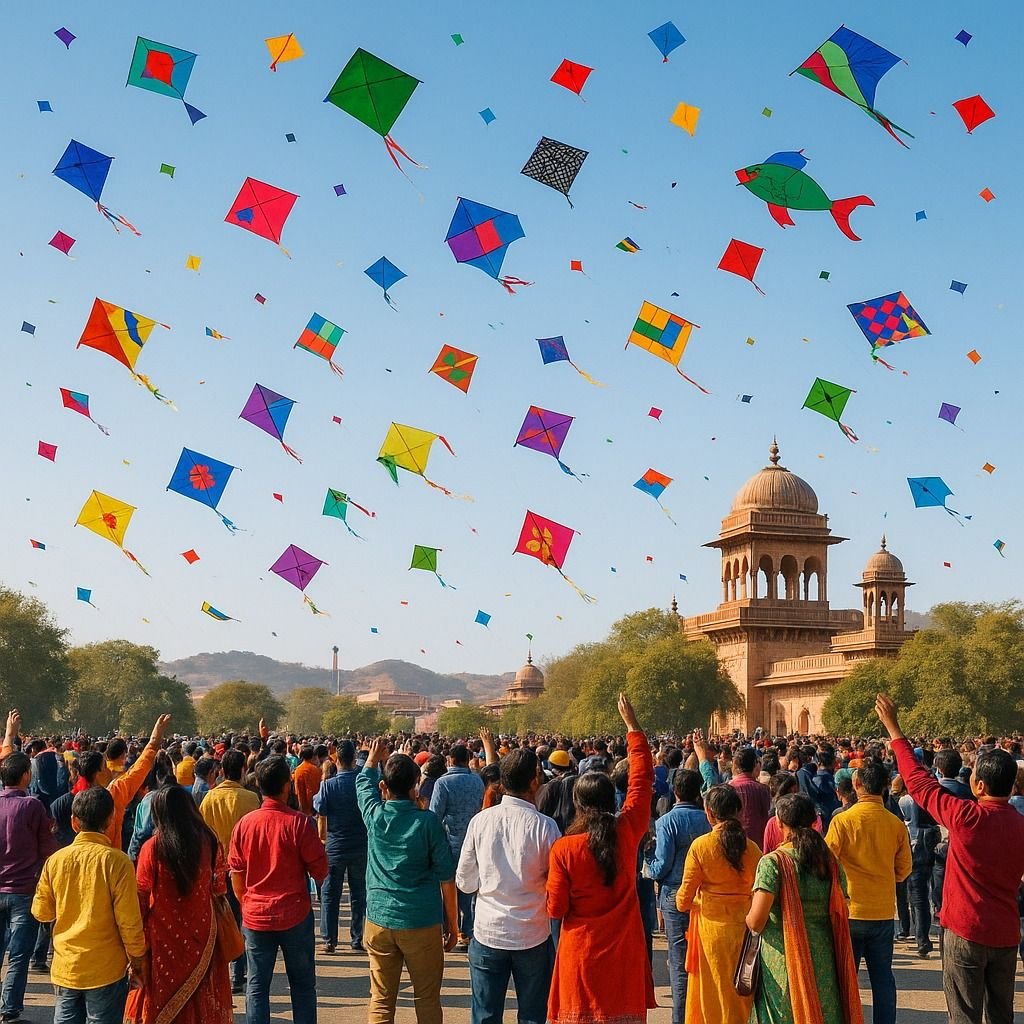
Mythological Significance & History
Uttarayan is a significant Hindu festival celebrated on Makar Sankranti, which usually falls on 14th January every year. The word “Uttarayan” means the northward movement of the sun, and it marks the sun’s entry into the zodiac sign of Capricorn (Makara Rashi). This transition is considered highly auspicious, as it brings longer days, warmer weather, and a fresh sense of energy and positivity.
The festival holds both spiritual and cultural importance. Spiritually, it symbolizes the victory of light, wisdom, and goodness over darkness and ignorance. It is also connected with the harvest season, when farmers thank nature and the Sun God for good crops and prosperity.
Uttarayan is celebrated with immense joy, especially in Gujarat, Rajasthan, and Maharashtra. The day is most famous for kite flying, where the sky is filled with colorful kites, and people compete in friendly matches. Families and friends gather on rooftops, enjoying traditional delicacies like tilgul (sesame-jaggery sweets), undhiyu, and chikki.
Beyond fun, the festival spreads the message of togetherness, joy, and gratitude. Uttarayan reminds us that just as the sun moves northward, we too should move towards growth, light, and positivity in our lives.

Significance of this Uttarayan
Uttarayan is a vibrant Hindu festival celebrated on Makar Sankranti, which generally falls on 14th January every year. The term “Uttarayan” refers to the northward movement of the Sun, marking its transition into Capricorn (Makara Rashi). This celestial shift is considered highly auspicious in Hindu tradition, as it symbolizes the arrival of longer days, the end of winter, and the beginning of a new harvest season.
Spiritually, Uttarayan signifies the triumph of light, wisdom, and positivity over darkness and ignorance. It is believed that this period is especially favorable for performing religious activities, charity, and expressing gratitude to nature for abundance. Farmers across India celebrate this time by thanking the Sun God for good crops and prosperity.
The festival is celebrated with great enthusiasm, especially in Gujarat and Rajasthan, where it is famous for its kite flying tradition. From early morning till sunset, people gather on rooftops and fly colorful kites, turning the sky into a beautiful canvas of joy. The atmosphere is filled with cheers, music, and friendly competitions. Special foods like tilgul (sesame and jaggery sweets), undhiyu, and chikki are prepared and shared among loved ones.
Uttarayan is more than just a festival of kites; it is a celebration of togetherness, gratitude, and new beginnings, reminding us to embrace positivity and progress in life.
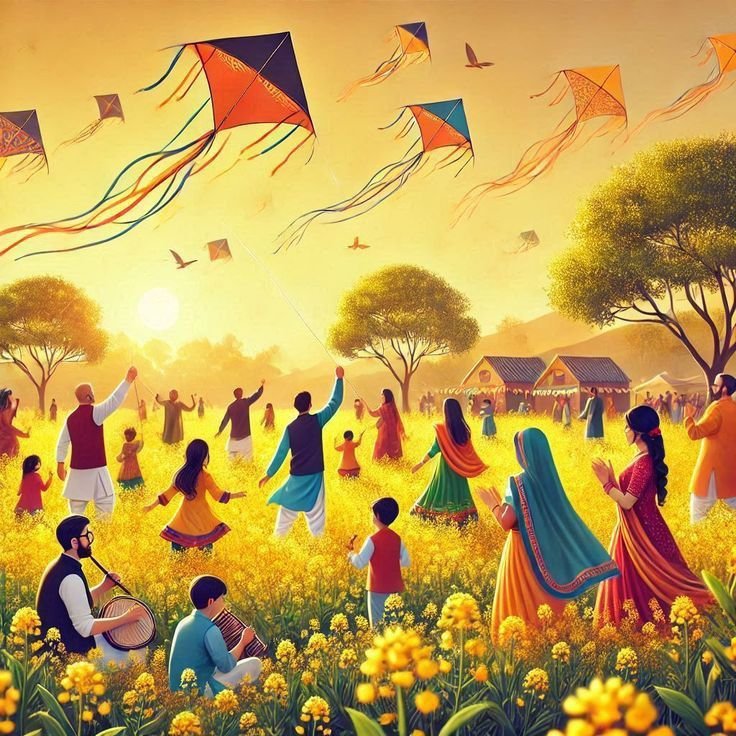
Rituals & Traditions of Uttarayan
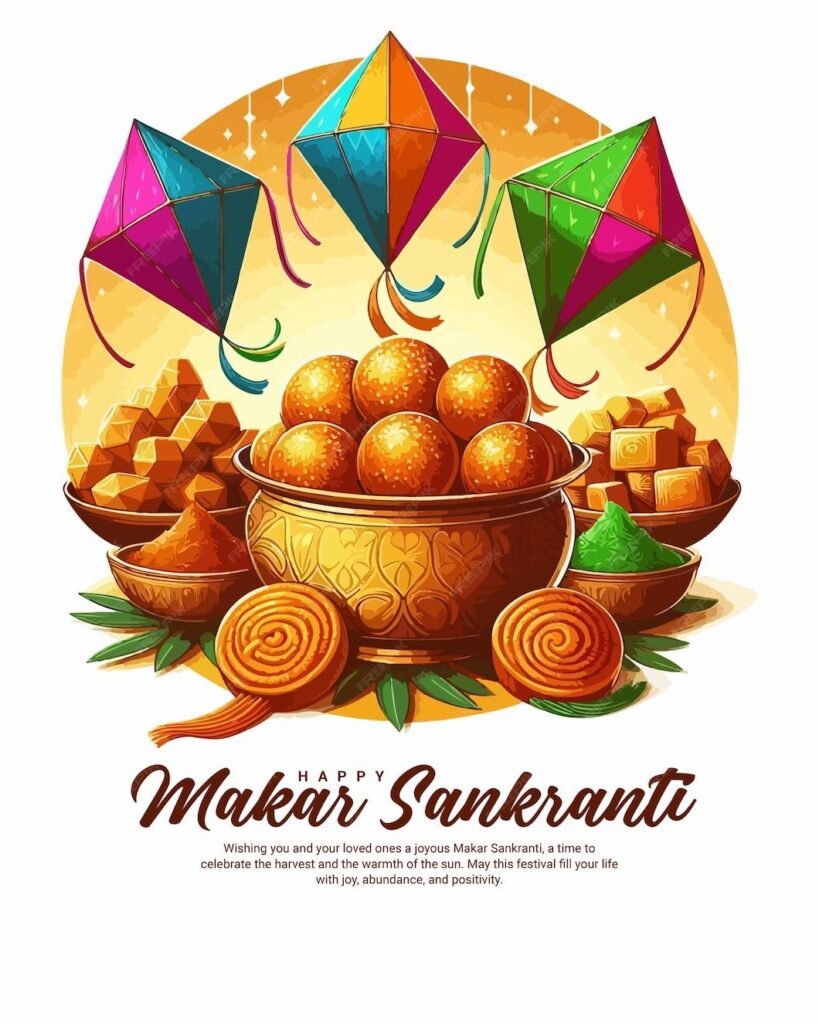
Uttarayan is one of the most vibrant and joyous festivals celebrated in India, especially in the state of Gujarat, where it is observed with great enthusiasm. It marks the transition of the Sun into the zodiac sign of Capricorn (Makara Rashi), an event known as Makar Sankranti, which usually falls on 14th January every year. The word “Uttarayan” literally means the northward movement of the Sun, symbolizing longer days, the end of winter, and the arrival of the harvest season.
In Gujarat, Uttarayan is primarily celebrated as the festival of kites. From early morning till late evening, the skies are filled with colorful kites of various shapes and sizes. Children, youth, and elders participate with equal excitement, trying to outdo each other in kite-flying battles, shouting “Kai Po Che!” when they cut the opponent’s kite. Special threads coated with powdered glass, known as manjha, are used for kite competitions, though in recent years eco-friendly alternatives are being encouraged to avoid harm to birds.
Apart from Gujarat, the festival is celebrated across India under different names—Makar Sankranti in most states, Pongal in Tamil Nadu, Lohri in Punjab, and Bhogali Bihu in Assam. Despite regional differences, the underlying theme is the same—gratitude to the Sun God and nature for a good harvest. It is considered an auspicious time for new beginnings, charity, and religious rituals. Many people take holy dips in rivers like the Ganga, Yamuna, and Godavari, believing it purifies the soul and washes away sins.
Food plays an important role in Uttarayan festivities. Traditional delicacies such as undhiyu (a mixed vegetable dish), chikki (made from sesame seeds and jaggery), and sweets prepared from peanuts, til, and jaggery are enjoyed with family and friends. These foods are not only delicious but also provide warmth and energy during the winter season.
The festival also carries a spiritual meaning. According to Hindu beliefs, the period of Uttarayan is considered highly sacred. It is said that great souls choose this time to leave their mortal bodies, as it is believed to lead them to liberation (moksha). The Mahabharata mentions that Bhishma Pitamah waited for Uttarayan to leave his body on the battlefield of Kurukshetra.
Thus, Uttarayan is not just about kite flying but also a celebration of nature, harvest, gratitude, and spirituality. It unites people of all ages, breaks barriers of caste and creed, and spreads joy in the community. The colorful skies during Uttarayan symbolize hope, prosperity, and the spirit of togetherness.
Spiritual Importance & Cultural Significance
Uttarayan is one of the most vibrant and joyous festivals celebrated in India, especially in the state of Gujarat, where it is observed with great enthusiasm. It marks the transition of the Sun into the zodiac sign of Capricorn (Makara Rashi), an event known as Makar Sankranti, which usually falls on 14th January every year. The word “Uttarayan” literally means the northward movement of the Sun, symbolizing longer days, the end of winter, and the arrival of the harvest season.
In Gujarat, Uttarayan is primarily celebrated as the festival of kites. From early morning till late evening, the skies are filled with colorful kites of various shapes and sizes. Children, youth, and elders participate with equal excitement, trying to outdo each other in kite-flying battles, shouting “Kai Po Che!” when they cut the opponent’s kite. Special threads coated with powdered glass, known as manjha, are used for kite competitions, though in recent years eco-friendly alternatives are being encouraged to avoid harm to birds.
Apart from Gujarat, the festival is celebrated across India under different names—Makar Sankranti in most states, Pongal in Tamil Nadu, Lohri in Punjab, and Bhogali Bihu in Assam. Despite regional differences, the underlying theme is the same—gratitude to the Sun God and nature for a good harvest. It is considered an auspicious time for new beginnings, charity, and religious rituals. Many people take holy dips in rivers like the Ganga, Yamuna, and Godavari, believing it purifies the soul and washes away sins.
Food plays an important role in Uttarayan festivities. Traditional delicacies such as undhiyu (a mixed vegetable dish), chikki (made from sesame seeds and jaggery), and sweets prepared from peanuts, til, and jaggery are enjoyed with family and friends. These foods are not only delicious but also provide warmth and energy during the winter season.
The festival also carries a spiritual meaning. According to Hindu beliefs, the period of Uttarayan is considered highly sacred. It is said that great souls choose this time to leave their mortal bodies, as it is believed to lead them to liberation (moksha). The Mahabharata mentions that Bhishma Pitamah waited for Uttarayan to leave his body on the battlefield of Kurukshetra.
Thus, Uttarayan is not just about kite flying but also a celebration of nature, harvest, gratitude, and spirituality. It unites people of all ages, breaks barriers of caste and creed, and spreads joy in the community. The colorful skies during Uttarayan symbolize hope, prosperity, and the spirit of togetherness.
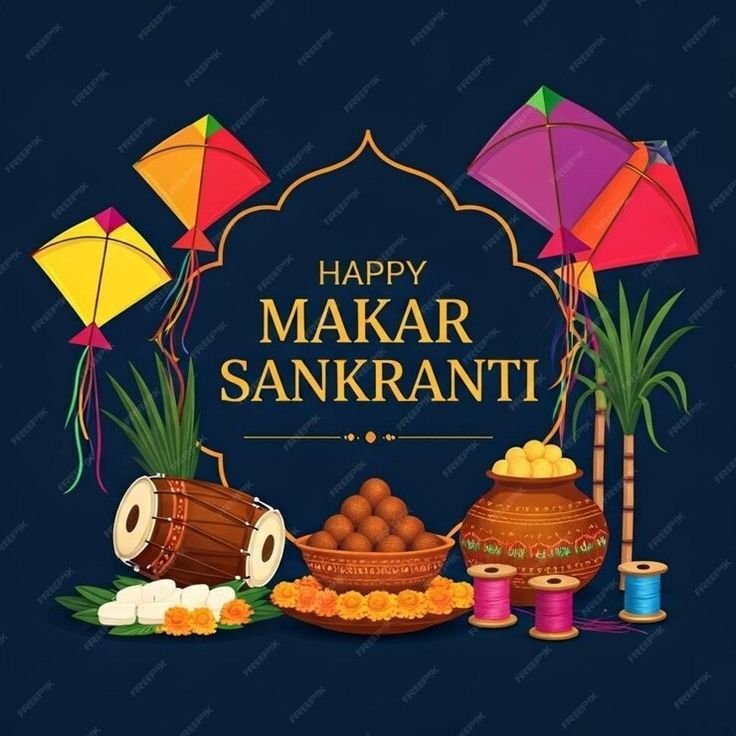
Food & Sweets & Modern Celebrations
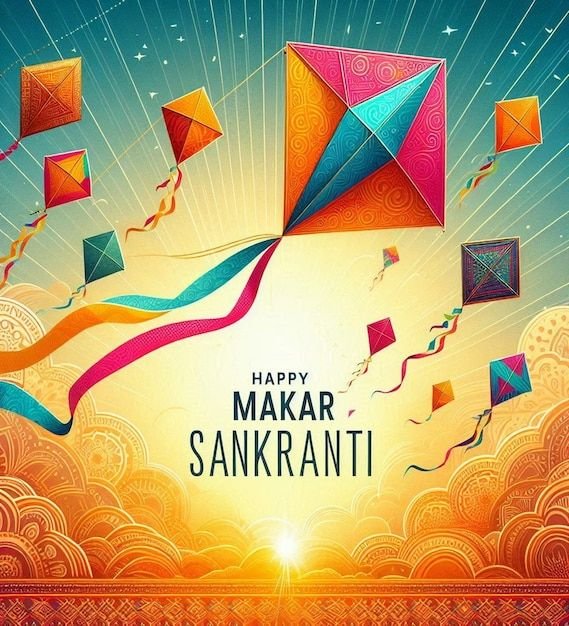
The festival is most famous for kite flying. From morning to evening, the sky is filled with bright, colorful kites of all shapes and sizes. People engage in friendly competitions, trying to cut each other’s kites while shouting “Kai Po Che!” Families and communities gather on rooftops, creating an atmosphere of excitement and celebration.
Food plays a vital role in Uttarayan. Traditional dishes like undhiyu, jalebi, sesame and jaggery sweets (til-gud), and peanut brittle (chikki) are prepared and enjoyed. These dishes not only taste delicious but also provide warmth and energy during winter.
The festival is celebrated across India under different names: Pongal in Tamil Nadu, Lohri in Punjab, and Bhogali Bihu in Assam. Though the forms differ, the essence is the same—thankfulness to nature and the Sun God for prosperity.
Spiritually, Uttarayan is considered auspicious. Hindu texts state that souls attaining death during this period achieve liberation (moksha).
Thus, Uttarayan is not only about kites but also about harvest, gratitude, and joy, uniting people under colorful skies.




















































